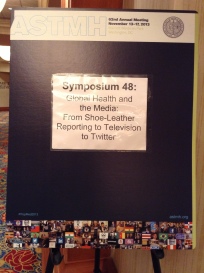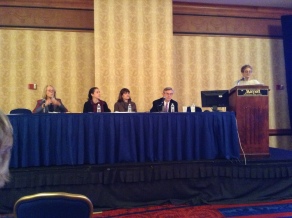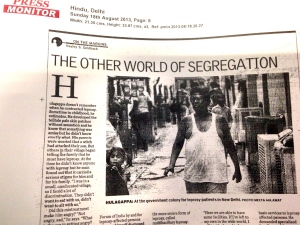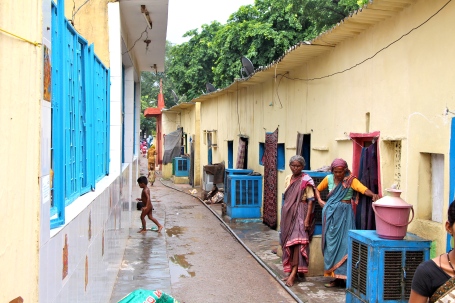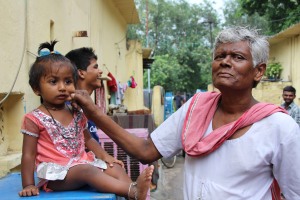A big part of my job is monitoring studies that are going to come out in major medical journals and helping decide which are newsworthy. This means that I get to read these studies while they are still under “embargo” and not available to the general public. Journals do this so that news outlets can plan their coverage. For example, last week the World Health Organization launched a massive report on Antimicrobial Resistance (which includes antibiotic resistance). They sent it around to major media organizations so that when the report was actually released to the public- we had already interviewed experts and our piece was ready to go.
What I love is opening up the paper or reading my daily “medical news roundups” and already knowing all the headlines. It’s an incredibly nerdy thrill but but I like keeping abreast of topics that are relevant to my career. I actually think it will make me a much better physician if I am up to date on the current research and controversies. So I intend to stay on top of the news coverage.
This can be very intimidating. The good news is that you don’t need to devote hours to stay current on current events. Here are some tips for people hoping to stay up to date:
- Get a subscription to a real old fashioned paper. If it’s sitting in front of you, you’re more likely to browse and read stories that might not have attracted your attention enough to click.
- Have a routine and use bookmarks to help: I have a bookmarks folder in my browser with 5 news sites that I check every morning when turn on my phone or sit down at my desk. I click through and
- Get email digests: for general news I subscribed to OZY’s Presidential Daily Brief. For medical news I subscribe to a few sites including email alerts from Medpage. These places curate emails and summarize the news of the day. If I miss something with my usual browsing, 9 time out of 10 it will show up in an email digest. I mostly delete them after skimming the headlines unless I find something that interests me.
- Use social media: Twitter is a great way to stay up-to-date. I follow the New York Times (@nytimes), the Associated Press (@AP), NBC News (@NBCNews) and many other outlets. They all post quick tweets with their breaking stories. I also follow other reporters or newsmakers who often post articles that I never would have otherwise read. I also appectiate my friends on Facebook who post interesting stories. In fact, I am currently developing a story for NBC News based on an article my friend posted.
- Consider downloading an app: if I find an article I like on Twitter, Facebook, online etc- I often don’t have time to read it in real time. So I download it to my “read later” app which stores the story on my phone or computer so that I can read it later even if I’m not connected to the internet. This is especially great for subway/train commuters. Here is an article comparing a few of the most popular apps.
- Don’t get too ambitious: unless it’s your job it’s very difficult to be 100% on top of all news. If this is your goal, you will get overwhelmed and risk abandoning your efforts all together. Start by skimming headlines of one news site each day and build up as you see fit.
Happy reading everyone.



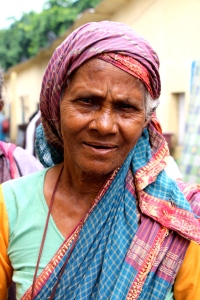
 so derelict in my blogging given that I’ve been at journalism school. But the reason for my silence is not that I’ve gotten lazy, lost interest, or met a boy and eloped in the Caribbean. Rather, I’ve just been focusing on…well, journalism.
so derelict in my blogging given that I’ve been at journalism school. But the reason for my silence is not that I’ve gotten lazy, lost interest, or met a boy and eloped in the Caribbean. Rather, I’ve just been focusing on…well, journalism.

